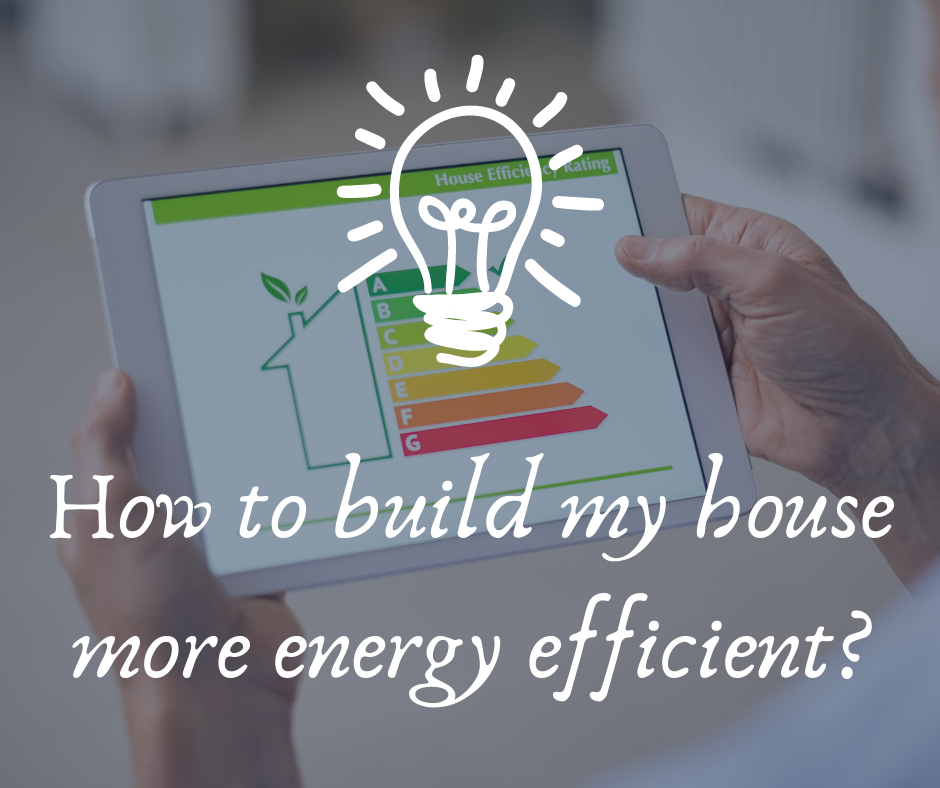
Energy Efficient Homes can save you money and help protect the environment. A home that is more energy efficient helps your family reduce the cost of energy bills. Even if you’re not paying too much, you should still consider saving. There are several different ways to make an energy efficient house, but not all of these are suited for all climates or housing needs. These must-haves for energy efficient homes work well regardless of where you live, helping you reach a net zero energy house in no time.
Spray Foam Insulation
Spray foam insulation is one of the best products for insulating your home and keeping it warm or cold. This type of insulation not only keeps your home cool and cozy, but also keeps the elements outside, such as wind and rain out. The product is actually made from two different materials, polyols and isocyanates, that react when mixed together and expand to more than 30-60% of their original volume once they are sprayed in an area. Once this happens, the product becomes a foam that fills whatever is placed inside it. This makes it perfect for sealing in areas around your home, especially in places where air movement would cause movement in the materials.
Because of the amazing ability of this product, there are many places in the house where spray foam insulation can be effective. These areas include in cracks, crevices, corners, under sinks, bathrooms, in ceilings, walls and floor cracks, in the attic, and in basements. Even though it can be used anywhere you see a crack, crevice, or moisture, it is most often used around the foundations of the home. Spray foam insulation can seal up cracks and crevices, but it also acts as a vapor barrier to keep out cold and heat, and acts as a protective layer against corrosion and rust. This means that it works great in areas that would otherwise be prone to damage caused by moisture leaking into the home. When properly installed, you can enjoy all these benefits for years to come.
Windows
Adding energy efficient windows to your home can also make a substantial difference. Double glazed windows are expensive, but pay off big when it comes to lowering energy bills. Over the years, double glazing has made homes more energy efficient than ever before, lowering the amount of heat lost through your windows. While this step alone isn’t enough, it does help in many ways. Another kind of window to think about are skylights. While we can’t always control the sun’s rays, we can greatly increase our chances of beating it at its own game. Energy efficient skylights are a great way to do this, providing natural light to your home throughout the day. Homes in colder climates, such as Canada, could even benefit from the heat the light brings in. Energy Efficient homes naturally benefit from high levels of sunlight because increased sun exposure means less need for lighting throughout the day.

Energy Efficient Appliances
A quality energy efficient home plan encompasses energy-efficient appliances, building materials and building structures that are constructed with high energy-efficiency levels. The primary focus of this kind of planning is to decrease energy requirements through energy-efficient construction practices and renovation of structures. Energy Efficient Homes reduces unnecessary energy demand, greenhouse gases, global warming, and environmental pollution. They also provide homeowners significant cost savings over traditional constructed homes and provide them with healthier living conditions.
Energy Star
A house is considered to be an energy efficient home when it meets the Energy Star qualifications of the United States Department of Energy. Energy Star Qualified homes do not only offer energy efficiency upgrades for existing homes, but they also help families lower their energy bills and save money on their utility bills as well. To qualify for Energy Star Home, a home should have at least an average amount of energy usage per year and the energy efficiency performance level of its heating, ventilation, and air-conditioning systems should meet the guidelines set forth by the US Department of Energy. A house with a combination of state-of-the-art appliances that work together to create an energy-efficient home can also qualify for Energy Star status. Energy Star appliances include built-in and appliance boilers, natural gas and electricity hook ups, water heaters, refrigerator and floor heating systems, electric panels, high-efficiency fluorescent bulbs, low energy lighting, geothermal and photovoltaic, hot water systems and low energy computers.
Most energy efficient homes have installed energy-saving appliances that are energy efficient, provide sufficient hot water, cool air conditioning, provide adequate insulation, and have the most current energy saving technology. The amount of electricity you use in a day, in a month or in a year depends on the use of energy systems that convert energy to electricity. Energy efficiency can also be measured in kilowatt hours per unit or CWh. An Energy Star home uses at least a minimum of a CWh/yr of electricity and has a rating on the energy efficiency scale that is related to the cost of replacement of energy systems over a period of time.
